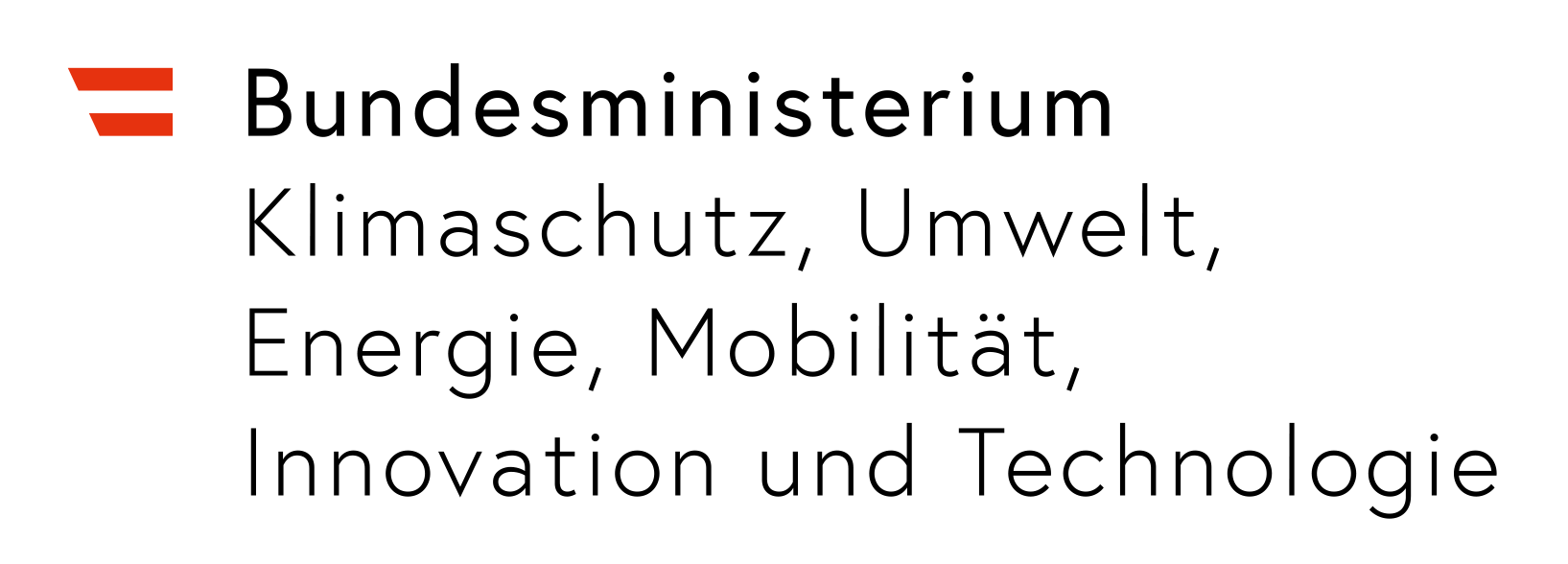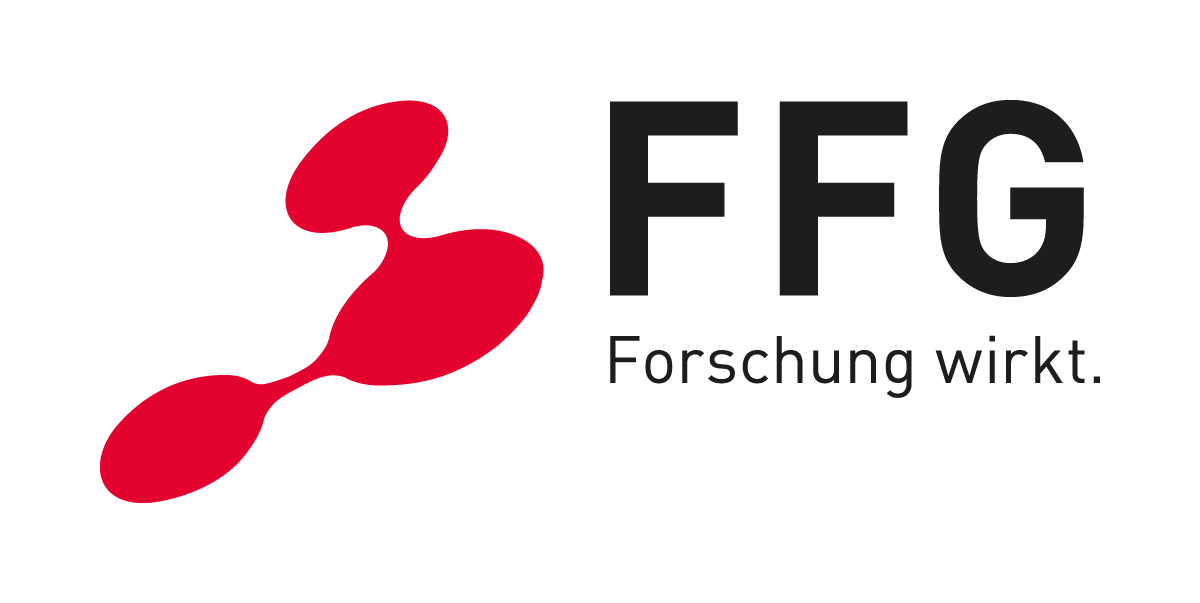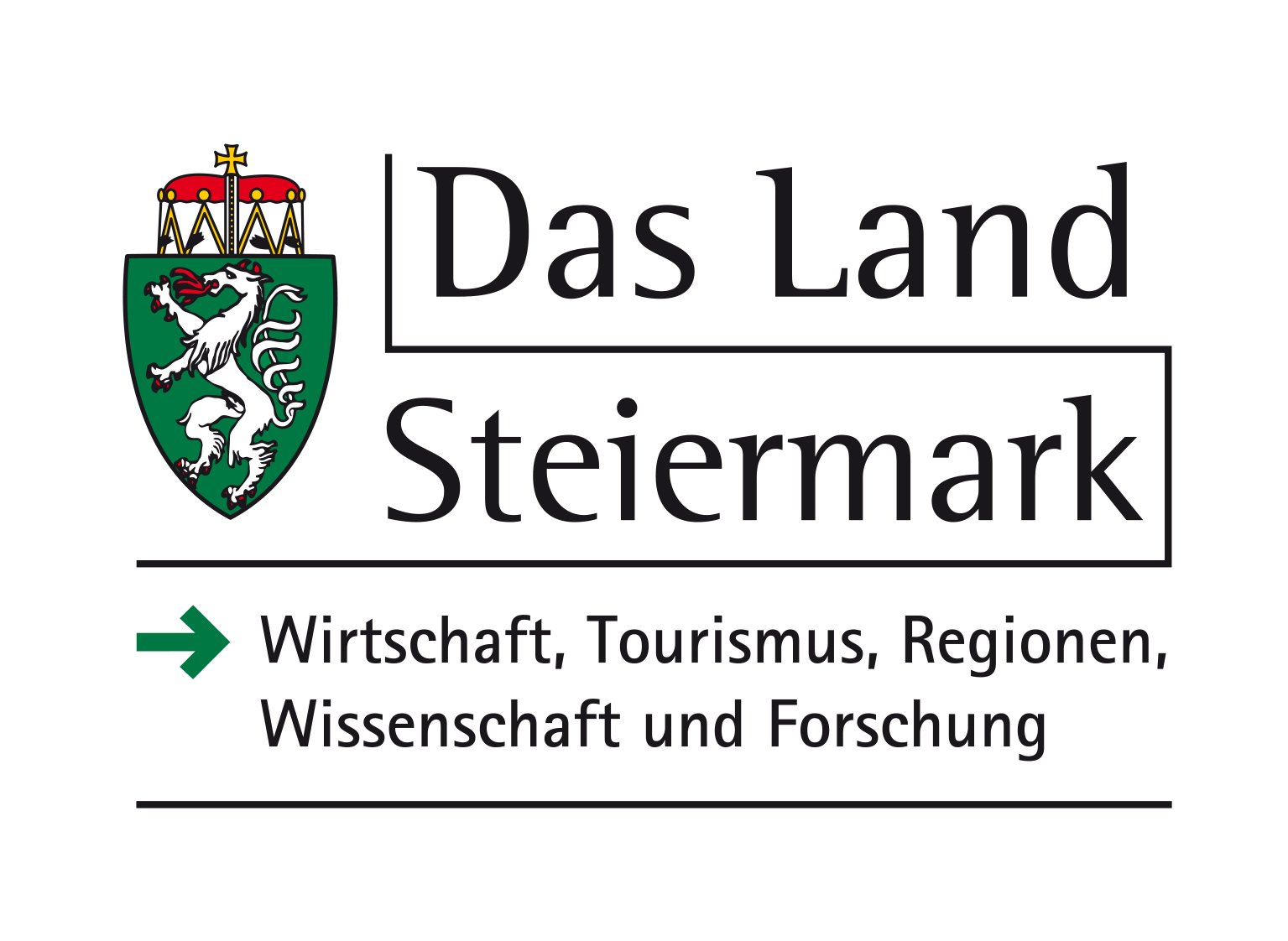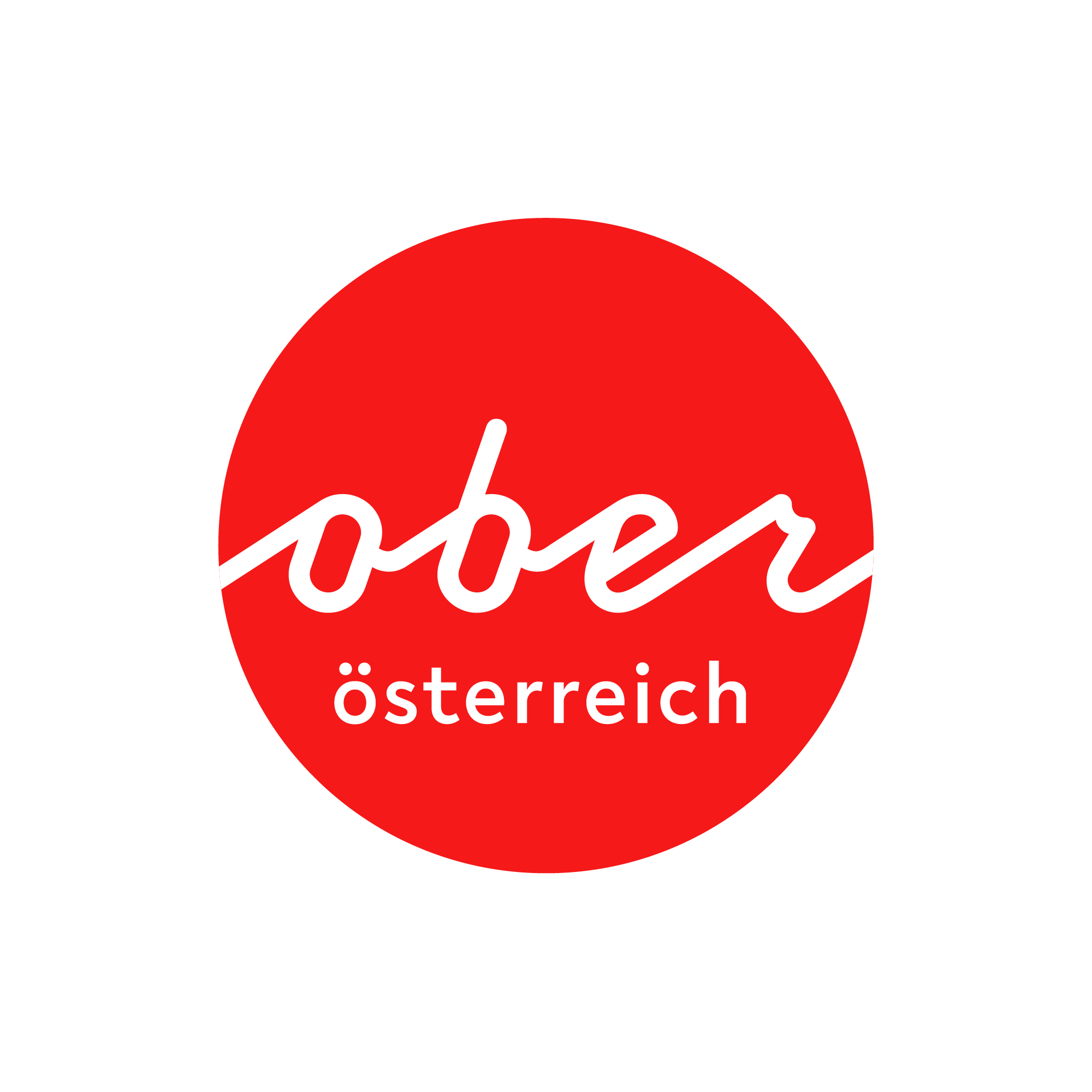The “artificial eye” developed at PCCL is groundbreaking in being able to provide automated IN-LINE measurement of subtle differences in an object’s finish (especially gloss) and to spot defects. The approach is unique, combining the science of materials with the science of human perception. The ability to identify the properties most important to a material’s appearance allows us to optimize its structure and production process.
PCCL is also able to identify the factors responsible for the feel of a component, for instance its abrasiveness, compressibility and heat conductivity. These capabilities allow manufacturers to plan the look and feel of a new product from the concept and design phases. This aspect of the project alone has generated enormous interest from industry, a sign of the extraordinary potential of the work as a whole.
In this field PCCL offers:
- mathematical simulation and optimization of material properties (absorption, reflection and scattering of light on structured, filled or coated materials)
- optimization of materials, components and final products
- measurements of surface topographies using state-of-the-art techniques (eg AIF, FRT, AFM, etc)
- unambiguous and reproducible appearance and flaw characterization
- determining exact thresholds between visible and invisible production errors
- classification and pre-selection of components according to precise quality criteria (eg prior to costly coating processes)
- precision measurements of high-gloss surfaces
- fast processing time when implemented in IN-LINE quality inspection systems





















